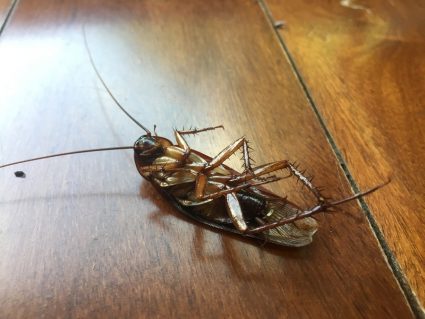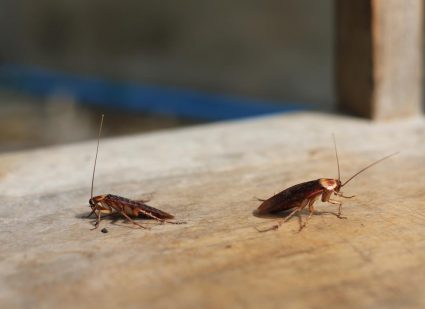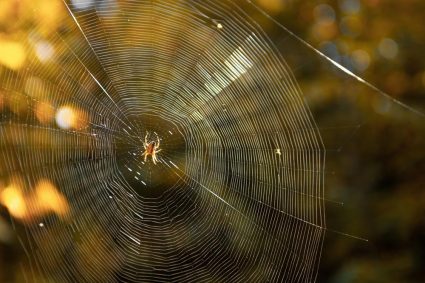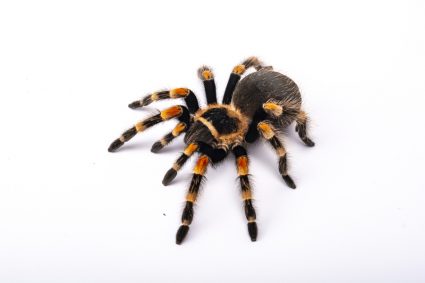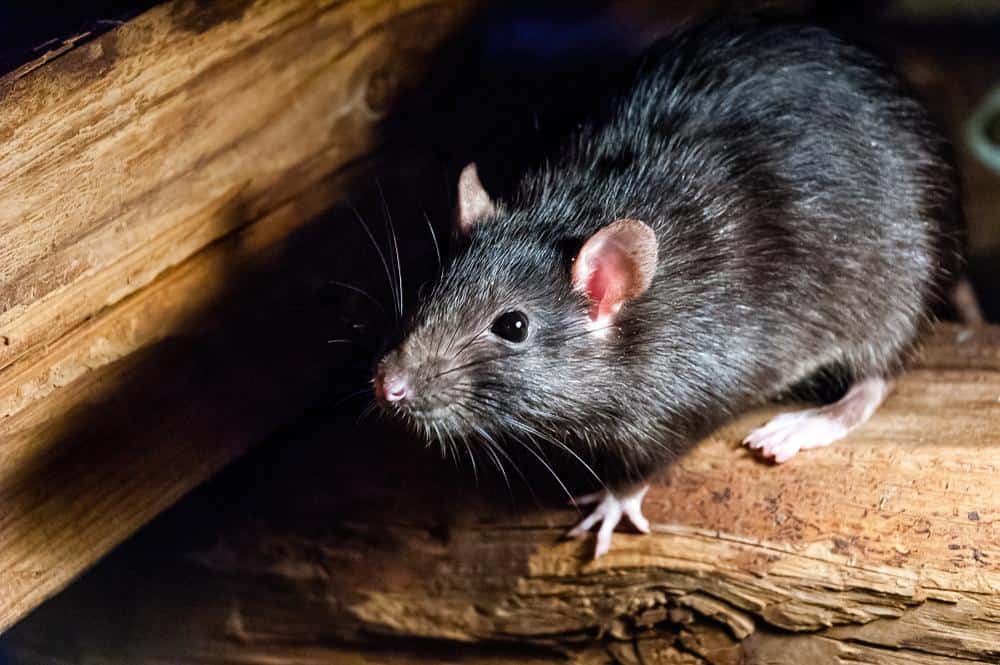
Roof rats, also known as black rats or ship rats, are notorious for causing havoc in homes they infest. They can cause structural damage, contaminate food, and even pose health risks to humans and pets. But how do these pesky rodents gain entry into your home? Let’s dive into the details.
Roof rats can enter your home through various entry points such as gaps or cracks in the roof, climbing vines near the home, traveling along power lines, climbing rough surfaces like tree trunks or walls, open cellar windows, gaps or cracks in the foundation, and vent or chimney openings. They are excellent climbers and can use these routes to gain access to your home. To prevent them, seal any potential entry points, ensure all windows and vents are screened, trim tree branches close to your house, and repair any damaged roof shingles or flashing.
Identifying Roof Rats
Before we discuss how roof rats get into your house, it’s essential to know how to identify them. Roof rats are long and thin rodents with large eyes and ears, a pointed nose, and a scaly tail. Their fur is typically brown with intermixed spots of black, and their undersides are often white, gray, or black. Adult roof rats measure 6-8 inches in head and body length, with tails that are notably longer than their heads and bodies, measuring 7-10 inches.
Roof rats are excellent climbers and are often found in the attics and upper levels of homes and other buildings. They are primarily found along the West Coast, the Southeast, and in the coastal states of Washington, Oregon, and California.
Common Entry Points for Roof Rats
Roof rats can enter your home through various entry points, including:
- Gaps or cracks in the roof: Roof rats can enter through small holes as tiny as one-half inch and may chew their way through entry holes.
- Climbing vines near the home: Roof rats are excellent climbers and can use vines to gain access to your home.
- Traveling along power lines: Roof rats can use power lines to move from one location to another and enter your home.
- Climbing rough surfaces: Roof rats can climb rough surfaces, such as tree trunks or walls, to reach your home.
- Open cellar windows: Rodents can enter through open windows in basements or cellars.
- Gaps or cracks in foundations: Roof rats can enter through gaps or cracks in your home’s foundation.
- Vent or chimney openings: Roof rats can enter your home through vent or chimney openings.
Detecting a Roof Rat Infestation
Homeowners can detect roof rats in their homes by looking for the following signs:
- Sightings of rodents, dead or alive.
- Half-eaten citrus fruits around your property.
- Squeaking or scratching noises from walls or the attic.
- Pets acting strangely due to hearing and sensing the pests.
- Presence of rat droppings on your property.
- Visible rats on your property.
- Nesting debris, especially in attics, with holes in the insulation.
- Food particles from rodents searching for food sources, such as bird seed packages, dog food bags, and boxes in the pantry.
- Droppings along baseboards.
- Noises coming from attics and walls just after dusk.
- Remnants of nests in attics, cabinets, and other areas above the ground.
- Smudges on surfaces from the pests’ oily fur.
- Gnaw marks on wood trim, wires, and other household items.
If you notice any of these signs, it is likely that you have a roof rat infestation in your home. In such cases, it is recommended to contact a pest control professional to help you eliminate the infestation and prevent future occurrences.
Preventing Roof Rats From Entering Your Home
The best way to deal with roof rats is to prevent them from entering your home in the first place. Here are some steps you can take to deter roof rats:
- Inspect your home and the exterior perimeter for potential entry points.
- Seal any holes or cracks larger than a quarter with silicone caulk.
- Ensure that all windows and vents are screened.
- Trim tree branches that are close to your house to prevent rats from using them as a bridge to your roof.
- Repair any damaged shingles or flashing on your roof.
- Close off vents and seal any gaps around utility wire openings.
By taking these precautions, you can reduce the chances of roof rats entering your home and causing damage or spreading diseases.
Conclusion
Roof rats can cause significant problems if they find their way into your home. However, with careful attention to potential entry points and proactive measures, you can keep these rodents at bay. If you’re dealing with a persistent infestation, don’t hesitate to seek professional help to ensure the problem is thoroughly addressed.
Frequently Asked Questions
What diseases can roof rats transmit?
Roof rats can transmit several diseases, including hantavirus, bubonic plague, salmonellosis (a form of food poisoning), and leptospirosis. They can also carry fleas, which can spread diseases like typhus and even the plague.
How quickly can a roof rat infestation grow?
Roof rats reproduce rapidly, with females able to produce up to five litters a year, each containing five to eight young. This means a small infestation can quickly become a large problem if not addressed promptly.
What are the primary food sources for roof rats?
Roof rats are omnivorous, but they prefer fruits, vegetables, grains, and seeds. They will also eat insects, slugs, and snails if other food sources are not readily available.
What is the lifespan of a roof rat?
Roof rats typically live for about one year in the wild. However, in a safe and food-rich environment, such as a home, they can live up to two to three years.
Are roof rats aggressive?
Roof rats are generally not aggressive and will avoid humans if possible. However, if cornered or threatened, they may bite in self-defense.
Can roof rats swim?
Yes, roof rats are good swimmers. This ability allows them to survive in a variety of habitats, including marshy and flooded areas.



